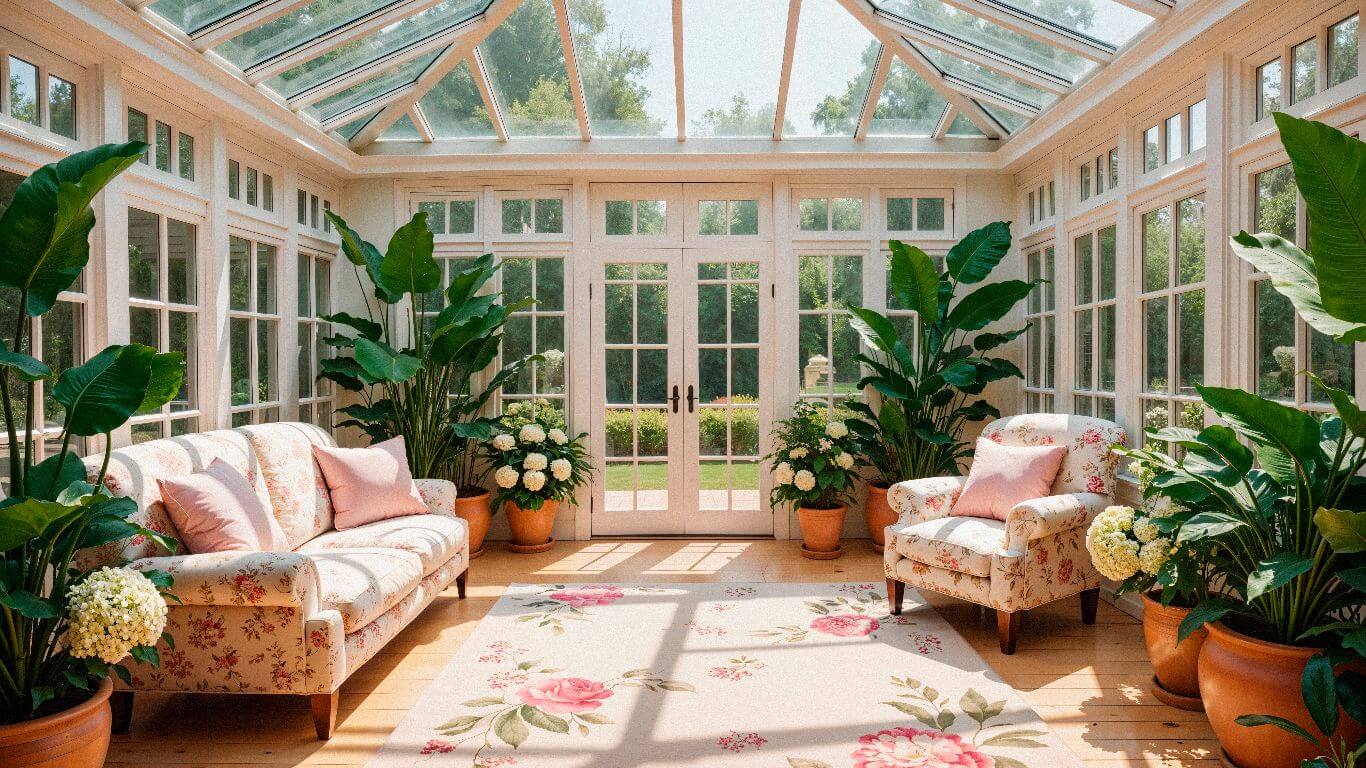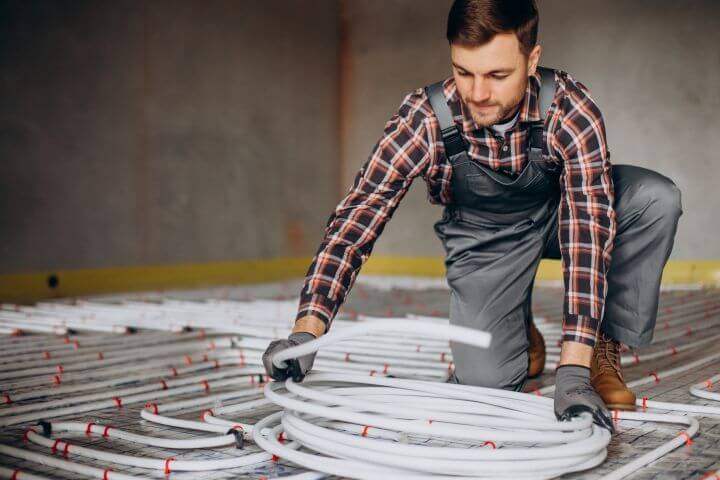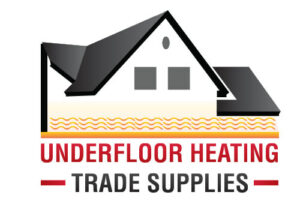Many summerhouses sit unused once the temperature drops, turning from a relaxing retreat into a cold, empty space. With the right heating and insulation, you can enjoy yours all year round – from cosy winter evenings to crisp spring mornings.
With the right approach, you can keep your summer house warm and welcoming even in the depths of winter. This guide explores the best summer house heating options, covering insulation, electric and non-electric systems, costs, and installation advice.

Key Points:
- The best way to heat a summer house depends on insulation, building size, and how often you use it.
- Good insulation is as important as the heater itself for keeping costs down.
- Electric underfloor heating provides discreet, safe, and efficient warmth.
- Gas heating is rarely the best choice for smaller summer houses due to moisture and safety concerns.
- Non-electric solutions exist for off-grid, occasional, or eco-conscious use.
- Effective Heating for Summerhouses
- Options to Insulate Your Summerhouse
- Electric Heating in a Summerhouse
- Electric Underfloor Heating in a Summerhouse
- Can I Add Gas Heating to a Summerhouse?
- Non-Electric Summer House Heating Options
- Cost Comparisons of Heating Types
- Why Choose UFHTS for Your Summer House Heating?
Effective Heating for Summerhouses
Broadly, there are three categories of heating for summer houses:
- Electric heating – easy to control, efficient, and safe.
- Gas heating – powerful, but not ideal for small garden buildings.
- Non-electric options – such as wood burners, for those off-grid.
When planning heating for a summer house, also think about:
- Thermostats & timers – Smart controls help manage running costs.
- Solar panels – While great for homes, most summerhouses lack the roof space to generate enough power for heating.
- Size of building – A small 8×6ft building needs less heating than a large 12×12ft one.
- Frequency of use – Occasional hobby use? Portable heater might be enough. Daily home office? Underfloor heating is worth the investment.
You may also find our guide on how to heat a shed useful, as many of the same principles apply.
Choosing the right method depends on balancing practicality with comfort.
Options to Insulate Your Summerhouse
Before spending on heaters, ensure your summerhouse is well insulated. Without it, much of your heat will vanish through thin walls, single glazing, and unsealed gaps.
Effective insulation measures include:
- Double-glazed windows or secondary glazing films.
- Foil-backed insulation panels for walls and ceilings.
- Underfloor insulation boards.
- Draft-proofing strips for doors and windows.
According to the Energy Saving Trust, uninsulated walls can lose up to a third of heat generated inside a building. That’s wasted money and energy you can prevent with basic insulation.
You can insulate a summerhouse when it’s built or retrofit later. DIY insulation kits are widely available, but if you want a neat finish, consider professional installation.
Electric Heating in a Summerhouse
For most homeowners, electric heating is the easiest and most practical way to make a summerhouse usable throughout the year. Unlike gas or wood burners, electric systems don’t require ventilation or specialist installation, and they’re generally safe for smaller timber buildings.
Types of Electric Heating
- Electric Underfloor Heating – A discreet, long-term solution that warms the entire space evenly. It’s best fitted at the construction or renovation stage and works efficiently with proper insulation.
- Oil-Filled Radiators – Portable, plug-in heaters that retain heat even after they’re switched off. Ideal for keeping a space gently warm for extended periods.
- Convection Heaters – Heat the air quickly, making them useful if you only use your summerhouse occasionally.
- Infrared Panels – Mounted on walls or ceilings, these heaters warm people and objects directly, rather than the air, which can make them feel more efficient.
- Fan Heaters – Cheap and compact, they heat up fast but can be noisy and expensive to run if used frequently.
Benefits of Electric Heating
- Safe and clean – No fumes, moisture, or carbon monoxide risk.
- Flexible – From whole-floor systems to portable heaters, there’s an option for every budget.
- Simple to install – Most plug into a standard socket, while UFH requires only basic electrical work during flooring installation.
- Control – Many electric heaters can be paired with thermostats, timers, or smart plugs for efficient use.
Electric Underfloor Heating in a Summerhouse
One of the smartest long-term choices for heating a summer house is electric underfloor heating.

Benefits:
- Provides consistent, even heat across the floor.
- Space-saving – no bulky radiators or heaters taking up valuable floor space.
- Safer for family use (no exposed hot surfaces).
- Works especially well with insulated floors.
Cost and installation:
- Best installed at the build or renovation stage, when flooring is being laid.
- Relatively quick to fit compared to water-based systems.
- Running costs depend on electricity rates, but because UFH runs at lower temperatures, it’s more efficient than radiators.
Looking to install underfloor heating in your garden building? Learn more about our conservatory underfloor heating systems.
Can I Add Gas Heating to a Summerhouse?
Gas heaters are sometimes considered an easy way to add warmth to a summerhouse, especially since they can deliver a lot of heat quickly and don’t always require a mains electricity supply. This makes them appealing for remote or off-grid locations, or for homeowners who want instant results without investing in permanent systems.

The reality is less straightforward. When gas burns inside a confined wooden building, it produces both water vapour and harmful gases, which can cause structural issues and create health risks if not managed carefully. Smaller garden rooms, which often lack proper ventilation, are particularly vulnerable. Even when vents or windows are opened to allow air to circulate, much of the heat escapes at the same time, leaving you with the very problem you were trying to solve. Because of these factors, gas heating tends to be more practical in larger, semi-permanent outbuildings where space, airflow, and professional installation make it safer to use.
- Ventilation: Gas combustion creates water vapour, around eight pints from one cylinder. This moisture can cause condensation, mould, and damp.
- Safety: Carbon monoxide is a serious risk if ventilation is poor. A CO alarm is essential.
- Suitability: Better for larger outbuildings with professional ventilation.
Gas vs Electric Heating – Comparison Table
| Factor | Electric Heating | Gas Heating |
| Installation cost | Low–medium | Medium–high |
| Running cost | Moderate | Lower per kWh, but inefficient in small spaces |
| Safety | Very safe | Risk of condensation & CO build-up |
| Best for | Small to medium summerhouses | Large, ventilated outbuildings |
| Eco Impact | Can be powered by renewable electricity; zero emissions at point of use | Fossil fuel based; produces CO2 and water vapour |
For most homeowners, gas isn’t the best option for heating a summer house.
Non-Electric Summer House Heating Options
If you’re off-grid or prefer a rustic approach, non-electric heating can work, but consider safety and practicality.
Wood Burners / Log Stoves
Wood burners and log stoves are a popular non-electric choice, providing strong, lasting heat and a cosy feel. However, installation is more complex than many expect. You’ll need a proper flue system to vent smoke safely, and your home insurance provider must be informed – some may increase premiums for outbuildings with solid fuel stoves. In many areas, local building regulations also apply to installing a flue, meaning professional installation is often required. These costs and requirements make wood burners best for dedicated, frequent use rather than occasional heating.
Portable Propane Heaters
Portable propane heaters are often chosen by homeowners who want quick, powerful warmth without relying on mains electricity. They are available as freestanding units or in wall-mounted designs that save valuable floor space, and they can make a chilly summerhouse comfortable within minutes.
However, there are important considerations to keep in mind. Propane heaters produce both carbon monoxide and water vapour during use. Without adequate ventilation, this can lead to condensation problems inside the building and, more seriously, create health risks. For this reason, a carbon monoxide detector is essential, and only models that are specifically rated for indoor use should ever be considered. Insurance providers may also place restrictions on gas appliances in outbuildings, so it is always worth checking your policy before relying on a propane system. In practice, these heaters tend to work best in larger, well-ventilated summerhouses and are usually more suitable for occasional use rather than as a long-term solution.
Eco-Friendly Solutions
For homeowners looking to reduce their environmental impact, there are eco-friendly ways to supplement heating in a summerhouse. Solar air heaters are one option, capturing energy from the sun and using fans to circulate warm air indoors. On bright days, this can provide useful background warmth at little or no running cost. Another approach is to maximise passive solar gain. Positioning a summerhouse to face south and incorporating larger windows allows the building to absorb more natural heat, which is especially effective when combined with proper insulation.
While these methods appeal to eco-conscious users and can reduce reliance on traditional fuels, their limitations are worth noting. Solar air heaters depend heavily on weather conditions and daylight, making them unreliable as a sole heating source in the UK during winter. Passive solar gain can certainly help, but it cannot always deliver consistent warmth in colder months. As a result, eco-friendly approaches are best seen as supplementary rather than standalone solutions, providing added comfort when paired with another reliable heating system.
For occasional or off-grid use, these systems are workable, but for everyday comfort, electric heating is usually the most reliable.
Cost Comparisons of Heating Types
To help you weigh up options, here’s a simple comparison:
| Heating Type | Installation Cost | Average Running Cost (per year)* | Best For | Pros | Cons |
| Electric Underfloor | Medium (£400–£900) | £150–£300 | Daily/year-round | Even heat, discreet, safe | Needs upfront installation |
| Portable Electric Heater | Low (£30–£100) | £200–£500 | Occasional use | Cheap initial cost, plug-and-play | Higher running costs |
| Gas Heater | Medium (£150–£500) | £120–£250 | Larger, ventilated spaces | Low fuel cost | Condensation, ventilation needed |
| Wood Burner | High (£600–£1,200+) | £100–£200 (wood) | Cosy retreats | Strong heat, traditional | Needs flue, safety checks |
| Solar Heating | High (several £1,000s) | Negligible | Off-grid eco users | Renewable energy | High upfront cost, limited output |
*Based on typical UK usage estimates.
Why Choose UFHTS for Your Summer House Heating?
If electric underfloor heating is the option for you, you should consider Underfloor Heating Trade Supplies. At Underfloor Heating Trade Supplies, we specialise in systems designed for unique spaces like conservatories, sheds, and summerhouses. Our electric underfloor heating kits provide reliable, discreet, and energy-efficient warmth, helping you make the most of your garden retreat all year round. With expert advice, straightforward installation guides, and a wide product range, we’re here to help you find the perfect solution.
If you desire to have carpet in your summer house, don’t worry! UFHTS has a range of under carpet heating products suitable for you.
The best way to heat a summer house depends on budget, building size, and how often you plan to use it. While portable or non-electric options can suit occasional visits, most homeowners benefit most from combining good insulation with underfloor heating. This approach provides consistent warmth, low running costs, and a discreet system that makes your summerhouse comfortable and usable all year round.
